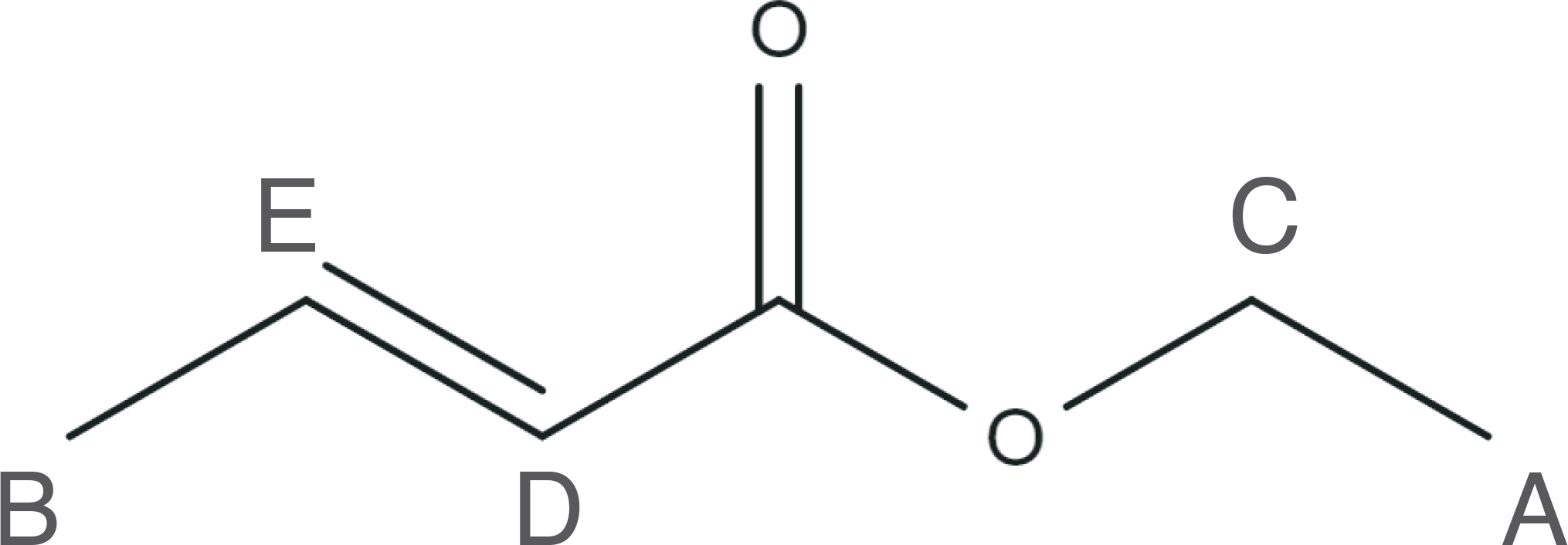
In general, the average cystathionine level in higher grade gliomas (II/III, III/IV, IV) was higher relative to low grade gliomas (II), with no genetic information provided ( 13). In particular, tumors of glial origin showed the highest cystathionine concentrations, suggesting that cystathionine is preferentially synthesized in glial cells ( 6). Higher cystathionine levels in brain tumors compared to normal tissue were reported previously from ex vivo tissue analysis ( 6, 13).

The significance of variable cystathionine concentration in the brain is not known, and pharmacological studies have suggested a potential role as a neuromodulator ( 5, 12). Significant regional differences were observed within the brain ( 8– 10), with the lowest concentration found in the cerebellum and cortex, and with the highest concentration found in the thalamus, ranging from 4.71 to 55.34 nmol/mg protein ( 11). The presence of cystathionine at low concentration was reported in normal human brain tissue ex vivo ( 6), and its concentration was found to be higher in the brain than in other organs ( 7). In contrast, while the importance of cystathionine for the normal functioning of the brain was recognized several decades ago ( 5), the precise role of this amino acid in either healthy or diseased brain is still not clear. Decrease of glutathione levels in the brain induced by oxidative stress and elevated homocysteine levels in plasma and cerebrospinal fluid were suggested to play key roles in the pathogenesis of neurodegenerative diseases ( 1– 4). The last remaining peak at 4.999 ppm must be proton 13 this is confirmed by COSY correlation with proton 12, triplet multiplicity based on splitting by proton 12, and integration of one proton.Cystathionine is synthesized from homocysteine by the transsulfuration pathway, and is an immediate precursor of cysteine and glutathione, a major antioxidant ( 1). We can assign proton 12 (3.564 ppm) based on its integration of 2H and its COSY correlation to proton 11. Proton 7’s peak at 6.163 ppm is split into a triplet by the two 8 protons, confirming the assignment.Īll that remains are protons 12 and 13. Once proton 8 has been assigned, we can easily assign proton 7 based on the remaining COSY correlation for proton 8. Therefore, we can assign proton 10 as 5.209 ppm and proton 11 as 3.754 ppm. To differentiate protons 10 and 11, take a look at our COSY table 3.754 ppm shows two COSY correlations, while 5.209 ppm only shows one. From this list, we can easily assign proton 8 as the peak at 2.068 ppm based on its integration of 2 protons. Based on the COSY, proton 9 couples protons at 2.068 ppm (2H), 3.754 ppm (1H), and 5.209 ppm (1H). Thymidine’s structure suggests that proton 9 should couple protons 8, 10, and 11. Now that proton 9 has been assigned, the fun really begins. The only proton expected to correlate with three nonequivalent protons is proton 9! Chemical Shift Look at the table for any clear differences in correlation and begin there! In this example, all unassigned protons show one or two COSY correlations-except the proton at 4.233 ppm, which correlates to three other protons by COSY. My favorite way to analyze a COSY spectrum with many unassigned protons is to make a table of correlations, like the one seen here. The remaining protons are doublets, triplets, and multiplets that can be assigned by 2-dimensional COSY. The peak also integrates to 1 proton, supporting the assignment. The chemical shift of 11.256 ppm supports this assignment, as imide protons often show up far downfield. The only proton that should show up as a singlet is proton 6, as it has no neighboring protons that would split the peak (the nearest proton is 5 bonds away!). There is only one singlet in the ¹H-NMR spectrum. Therefore, the peak at 7.690 ppm must represent proton 4! The integration and chemical shift support the assignment, as proton 4 is the only aromatic proton in the structure.

The long-range coupling constant observed for proton 3 (J=1.2 Hz, split into a doublet by proton 4) is reflected in the coupling constant for proton 4 (J=1.2 Hz, split into a quartet by proton 3). Protons that are coupled to each other should exhibit the same coupling constant. The peak is split into a doublet with a coupling constant of 1.2 Hz, reflecting the long-range coupling between protons 3 and 4, which also supports this assignment. The high field chemical shift supports this assignment. The only peak with an integration of 3 is the doublet at 1.770 ppm. Proton 3 is the only methyl group in the structure, and therefore must integrate to 3 protons.


 0 kommentar(er)
0 kommentar(er)
